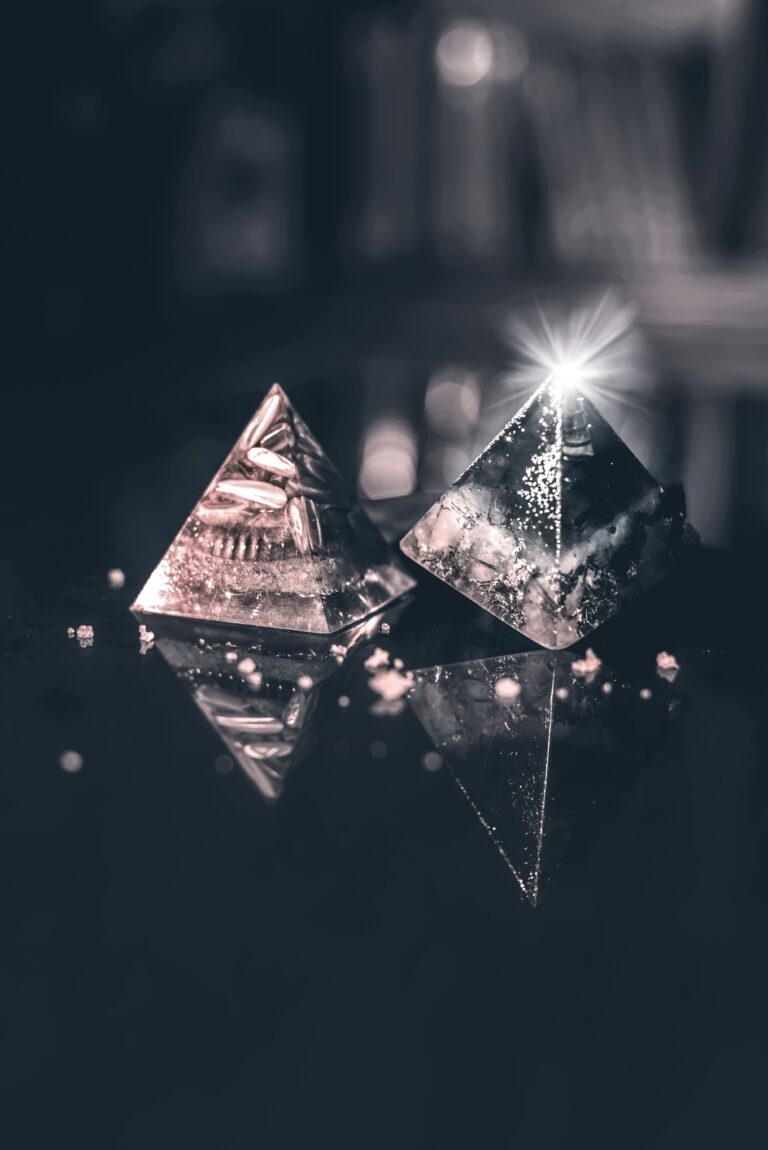
⚠️ Disclaimer:
This article is for academic and informational purposes only. The claims discussed herein, especially those involving Tantric practices and mystical entities, are based on personal narratives and undocumented folklore. The website and author do not endorse or validate any spiritual, mystical, or ritual practices described below. Attempting to replicate such practices without a qualified and lineage-based Tantric guru may result in severe psychological, spiritual, or physical harm. Proceed with cultural sensitivity and personal discretion.
Introduction: Esoteric Claims in Contemporary Context
In a remote part of North India, a woman named Kanchan Devi rose to local fame through claims that she had invoked the energies of two potent mystical figures from Indian esoteric lore — the Yakshini and Karna Pishachini. Her story, which circulated through village talk, social media snippets, and local news reports, has reignited curiosity about the roles these feminine spirits play in India’s vast folkloric and Tantric traditions.
But what are Yakshinis and Karna Pishachinis? What did Kanchan Devi actually claim, and how should such stories be viewed with respect to safety, symbolism, and scholarly understanding?
Who Are Yakshinis and Karna Pishachinis?
Yakshinis: Guardians, Givers, and Spirits of Nature
In classical Hindu and Buddhist traditions, Yakshinis are female nature spirits, often associated with wealth, fertility, and beauty. While some are benevolent and protectors of natural treasures, others are said to be mischievous or even dangerous if invoked improperly.
📚 Scholarly Note: According to art historian Vidya Dehejia, Yakshinis are portrayed in early Indian sculpture as auspicious and graceful, symbolizing abundance. Over time, certain local beliefs and Tantric adaptations gave them more ambivalent roles.
Karna Pishachini: The Whispering Spirit
Derived from the Sanskrit words karna (ear) and pishachini (female spirit), the Karna Pishachini is often mentioned in Tantric texts as a whispering entity said to grant hidden knowledge. Unlike a typical “demon,” she is viewed by some esoteric traditions as a spirit of transformation, who, if controlled under rigorous Tantric discipline, may convey symbolic truths.
⚠️ However, these interpretations are not universally accepted, and such entities are also associated with danger, psychological manipulation, and karmic consequences.
Kanchan Devi’s Alleged Experiences
According to anecdotal local narratives, Kanchan Devi claimed she had performed certain rituals to summon both a Yakshini and a Karna Pishachini. As per her account, the intention was to gain “mystical insight” and “spiritual empowerment.” She reportedly warned others not to attempt such rituals without guidance, stating they could “mentally destabilize the unprepared.”
🕉️ Critical View: These claims remain undocumented in any academic or verified religious context. No historical or scholarly source validates her personal story. It should be treated as anecdotal folklore, not spiritual fact.
The Symbolism Behind “Danger” and “Seduction”
Some folklore surrounding spirits like Karna Pishachini includes ideas of forbidden knowledge and spiritual seduction. However, these terms are often misunderstood. In Tantric philosophy:
- Lust or desire (Kama) is not inherently negative but is considered a raw energy to be purified and redirected.
- “Seduction” in this context may refer to spiritual testing, illusion (maya), or ego traps, rather than anything physical.
Such ideas are deeply symbolic and not meant to be taken literally. Tantra is not black magic or hedonism — it is a rigorous spiritual discipline demanding ethics, mental clarity, and guru-guided practice.
Scholarly Interpretations and Historical Roots
Noted Indologists and Tantric scholars like:
- David Gordon White (Tantra in Practice)
- Georg Feuerstein (The Yoga Tradition)
- Alexis Sanderson (studies on Shaiva Tantra)
…have documented that spirits like Yakshinis and Pishachinis often appear as metaphors — not just literal entities, but symbols of human emotion, subconscious powers, and spiritual archetypes.
These figures can represent the alluring distractions on the path to enlightenment, or in some cases, the raw, unrefined aspects of feminine cosmic energy (shakti).
Distinguishing Myth from Cautionary Lore
Kanchan Devi’s story — whether sincere belief, psychological projection, or symbolic expression — is best understood as a modern folklore case study. It is not an invitation to delve into unsupervised spiritual experimentation.
Such stories often serve as cultural warnings: highlighting the risks of unchecked spiritual curiosity, the need for proper mentorship, and the blurred line between myth and mental health.
Conclusion: Understanding, Not Endorsing
India’s rich spiritual traditions, including stories of Yakshinis and Karna Pishachinis, should be approached with respect, critical thought, and deep awareness of their symbolic nature. While stories like that of Kanchan Devi provoke intrigue, they also underline an important truth:
True Tantric wisdom is not a shortcut to power — it is a path of discipline, purification, and surrender.
🧠 Author Bio
Sandeep is an independent researcher of Indian folklore and comparative mythology. His work focuses on unpacking symbolic meanings in cultural traditions, with an emphasis on safety, ethics, and academic clarity. He is not a Tantric practitioner or spiritual guru. This article is purely for educational purposes.









